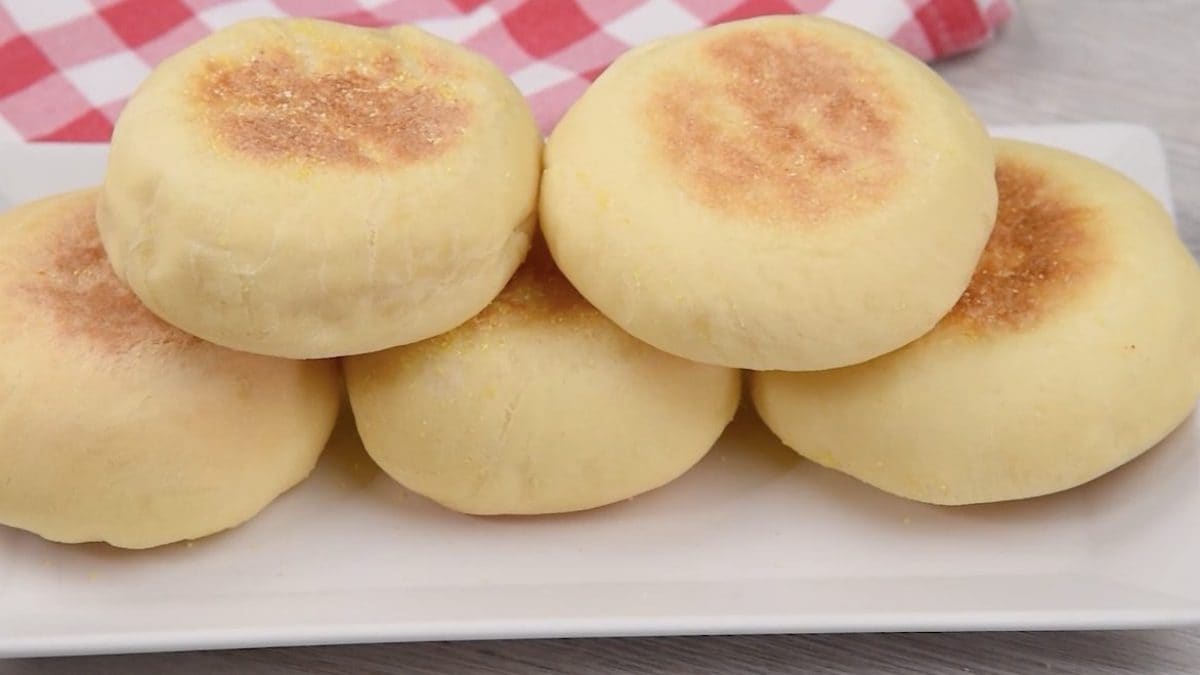
There’s a certain kind of kitchen chaos that happens when you realize toast just won’t cut it. Maybe it’s a lazy weekend, or you’re on your third coffee and craving something warm, fluffy, and slightly chewy. This is when English Muffins are the perfect answer to your cravings.
These are not your average bread rounds, but think of stovetop-crisped edges and a tender middle with delightful nooks. They can be breakfast, lunch’s BFF, or that 4pm snack that prevents chaos.
What Are English Muffins?
Despite the name, English muffins aren’t exactly from high tea in Buckingham Palace, but are more of a 19th-century bakery innovation. They are attributed to Samuel Bath Thomas, a British expat in New York who wanted a softer, yeast-leavened alternative to crumpets.
Unlike the tall, sweet muffins you see in coffee shops, English muffins are flat, pan-fried, and built for slicing and toasting. English muffins are grilled, or fried, and they’re technically more of a griddle bread than a muffin. Also, it’s interesting to know what they were once sold door-to-door by "muffin men."
Pro Tips for the Best English Muffins
- Knead the dough properly and a mixer makes this easier. A smooth, elastic dough is key.
- Ensure you follow the recipes resting time. Three rises may feel indulgent, but each one builds better flavor and texture.
- A hot pan will burn the outside before the inside cooks. So, cooking on medium-low heat is recommended.
- Flatten your bread slightly before cooking. Don’t press too hard, just enough to keep them from turning into domes.
Why Didn’t My Muffins Rise?
Check your yeast, it might be expired. Also, ensure your milk wasn't too hot, and that the dough had enough time to rise.
What’s the Best Pan to Use?
A non-stick skillet or a cast iron pan works wonders. Just avoid thin pans that heat unevenly, you want gentle, consistent heat.
Do I Really Need Corn Flour?
Yes! Not just for tradition, but for texture. Corn flour and not cornstarch, as corn flour gives that signature crusty coating and prevents sticking.
Can I Make These Without a Mixer?
You can! It'll just take some elbow grease. Knead the dough by hand for about 8–10 minutes until it's smooth and elastic.
Why Are My Muffins Too Doughy Inside?
The pan might have been too hot, which led to cooking the outside too fast. Lower the heat and cook longer to ensure the inside cooks through without burning.
Can You Make English Muffins Ahead Of Time?
Yes! These muffins are great for making ahead of time. You can either store the dough in the fridge overnight and bake the muffins the next day, or store the cooked muffins in an airtight container for up to 5 days.
Can You Freeze Homemade English Muffins?
Yes, you can! Wrap the English muffins tightly with plastic wrap, transfer them to a plastic bag and freeze for up to 3 months. Thaw and toast slightly before serving.
How to Store Any Leftovers
English muffins can stay fresh at room temperature for about 2 days or in the fridge for up to 5 days. For longer storage, you can freeze them as mentioned earlier.
Ingredients
How to Make English Muffins
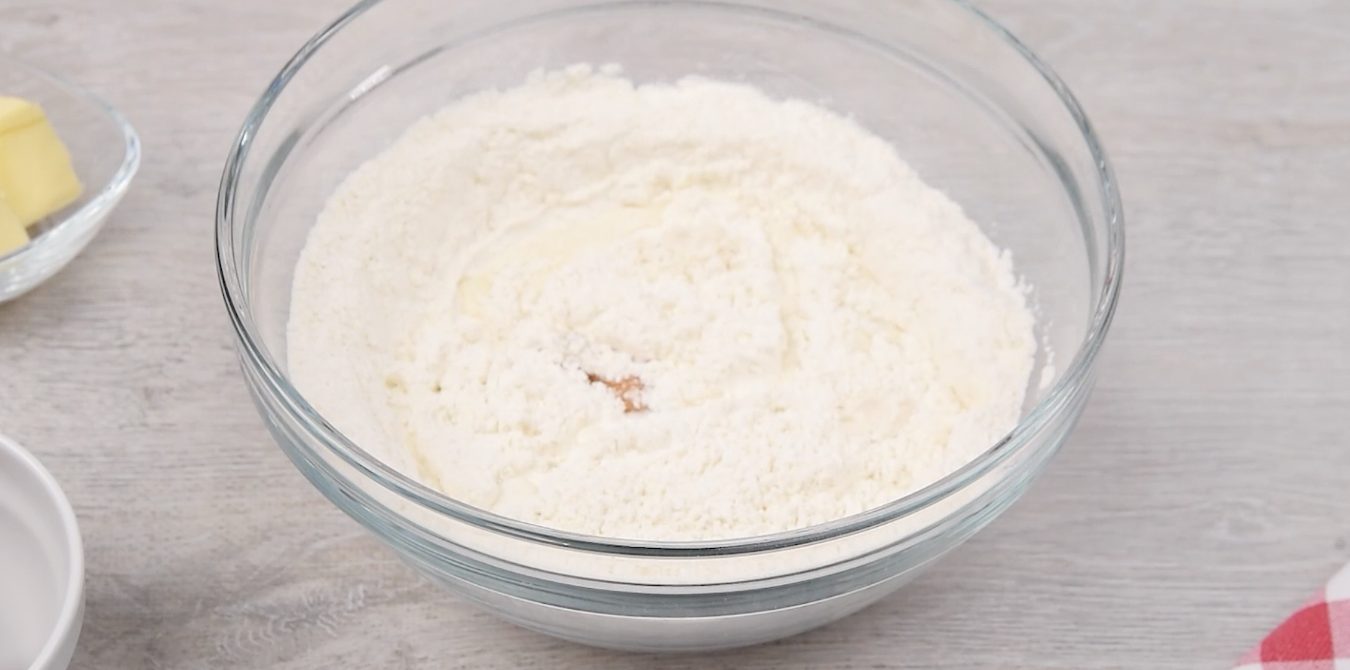;Resize,width=712;)
Combine flour, sugar, salt, dry yeast, egg, and milk in a bowl. Mix until it starts to come together.
Combine flour, sugar, salt, dry yeast, egg, and milk in a bowl. Mix until it starts to come together.
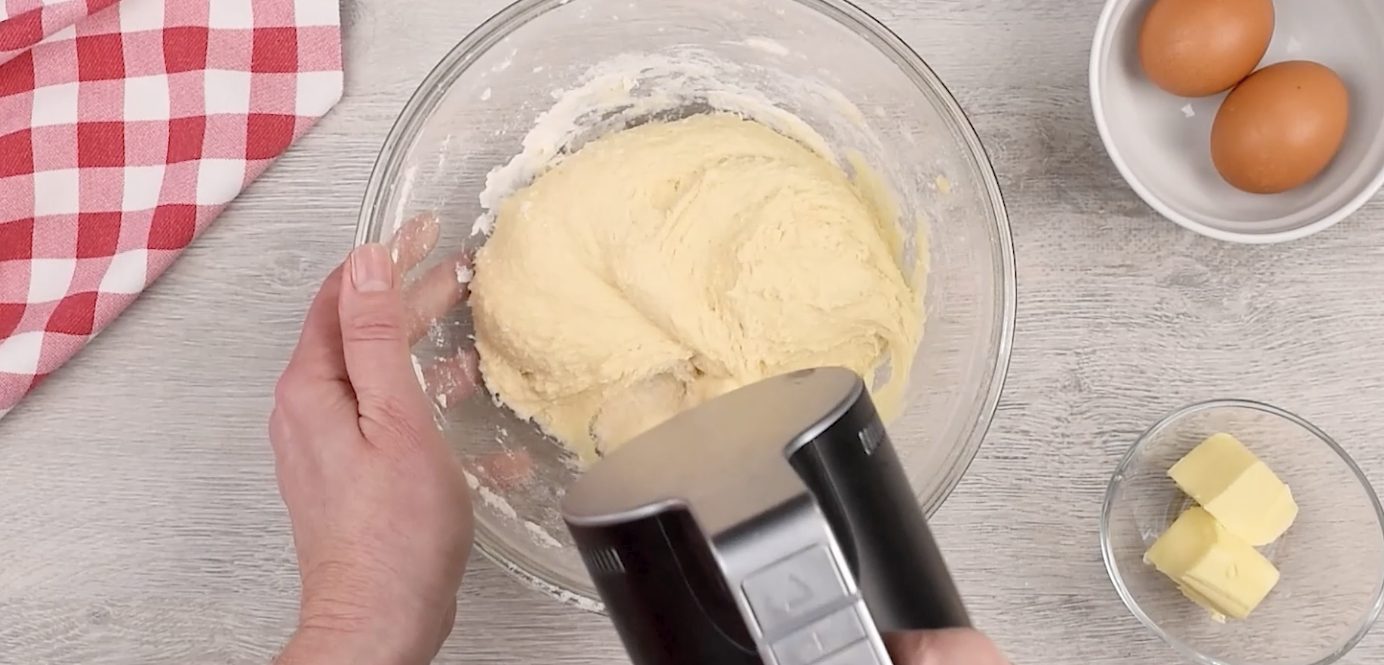;Resize,width=712;)
Once it’s smooth, add the butter and knead with a mixer until fully incorporated.
Once it’s smooth, add the butter and knead with a mixer until fully incorporated.
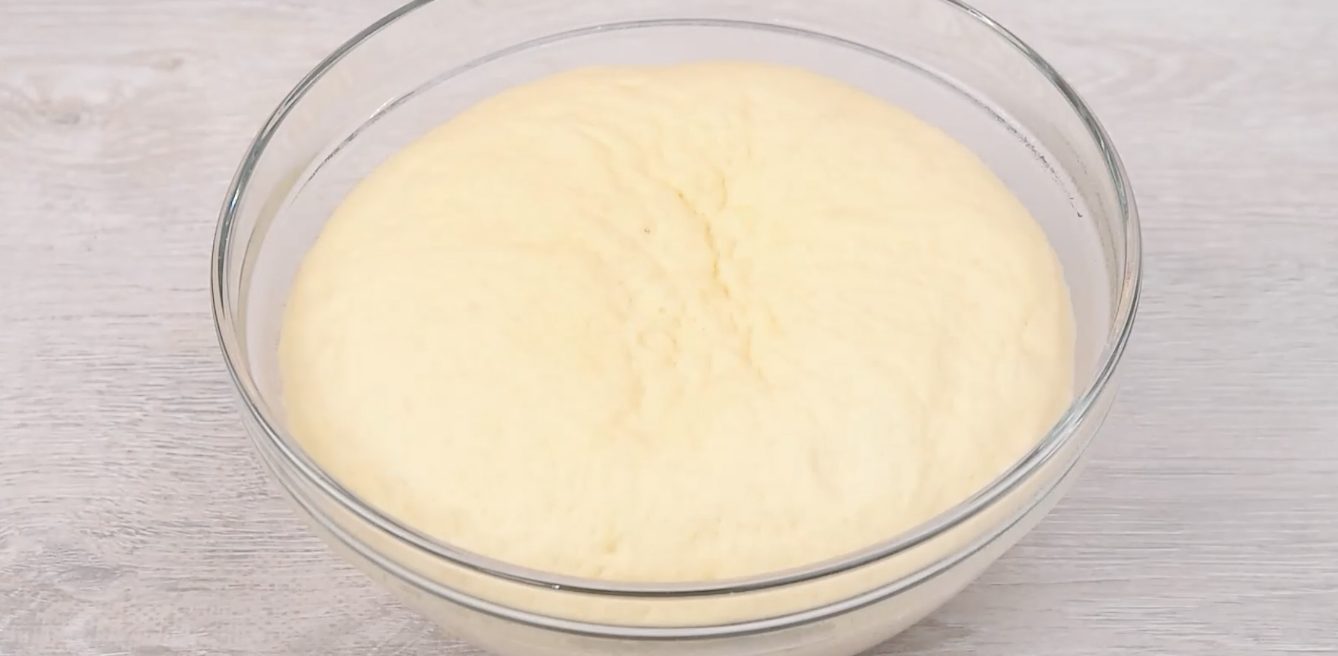;Resize,width=712;)
Punch down the dough gently and divide it into 6 equal pieces and let it rise for 20 minutes.
Cover the bowl with a towel or plastic wrap and let the dough rest for 60 minutes. It should double in size and look slightly puffy.
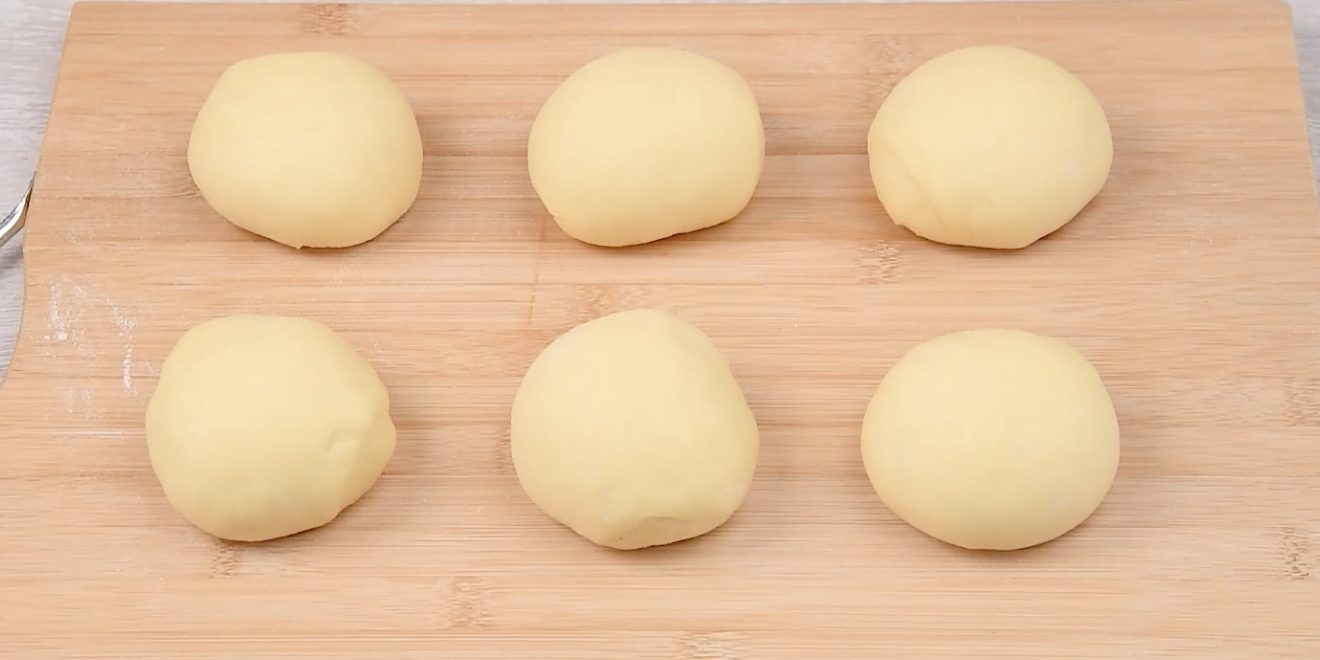;Resize,width=712;)
Dust the tops and bottoms of each dough ball with corn flour, gently flatten them with your fingers, and let them sit for another 45 minutes.
Punch down the dough gently and divide it into 6 equal pieces and let it rise for 20 minutes.
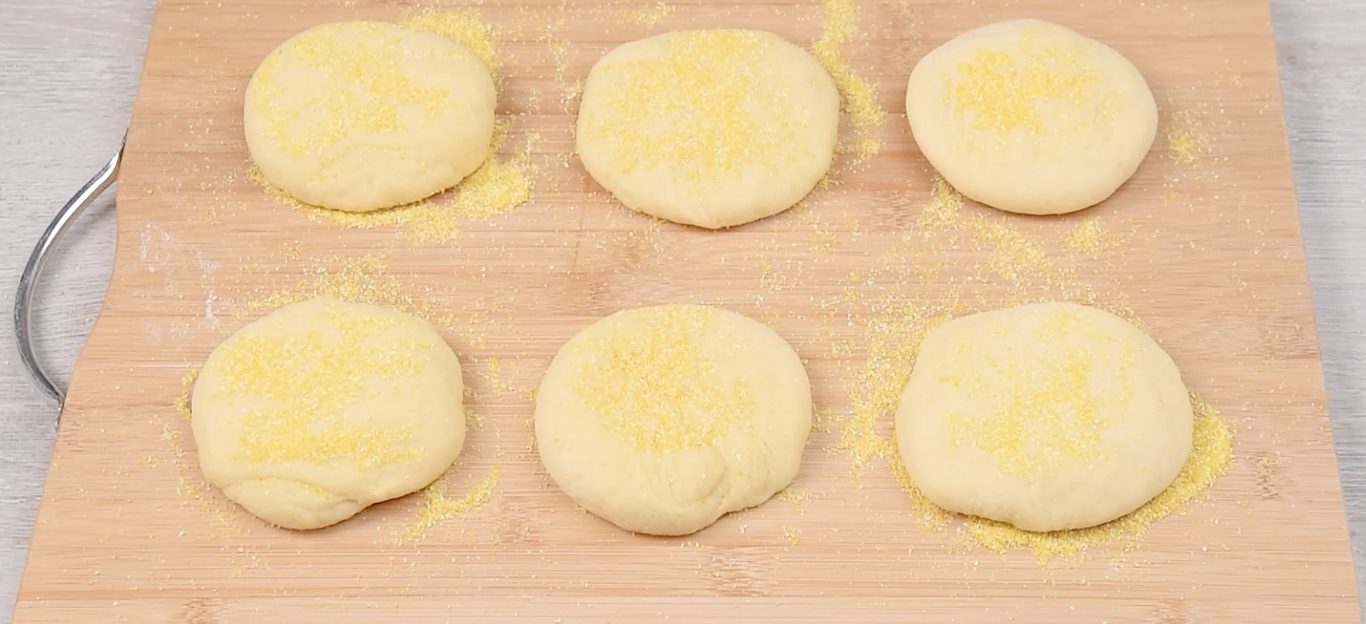;Resize,width=712;)
Heat a non-stick or cast iron pan over medium-low heat. Add a splash of olive oil and gently lay the muffins in the pan. Cook them until golden brown on each side.
Dust the tops and bottoms of each dough ball with corn flour, gently flatten them with your fingers, and let them sit for another 45 minutes.
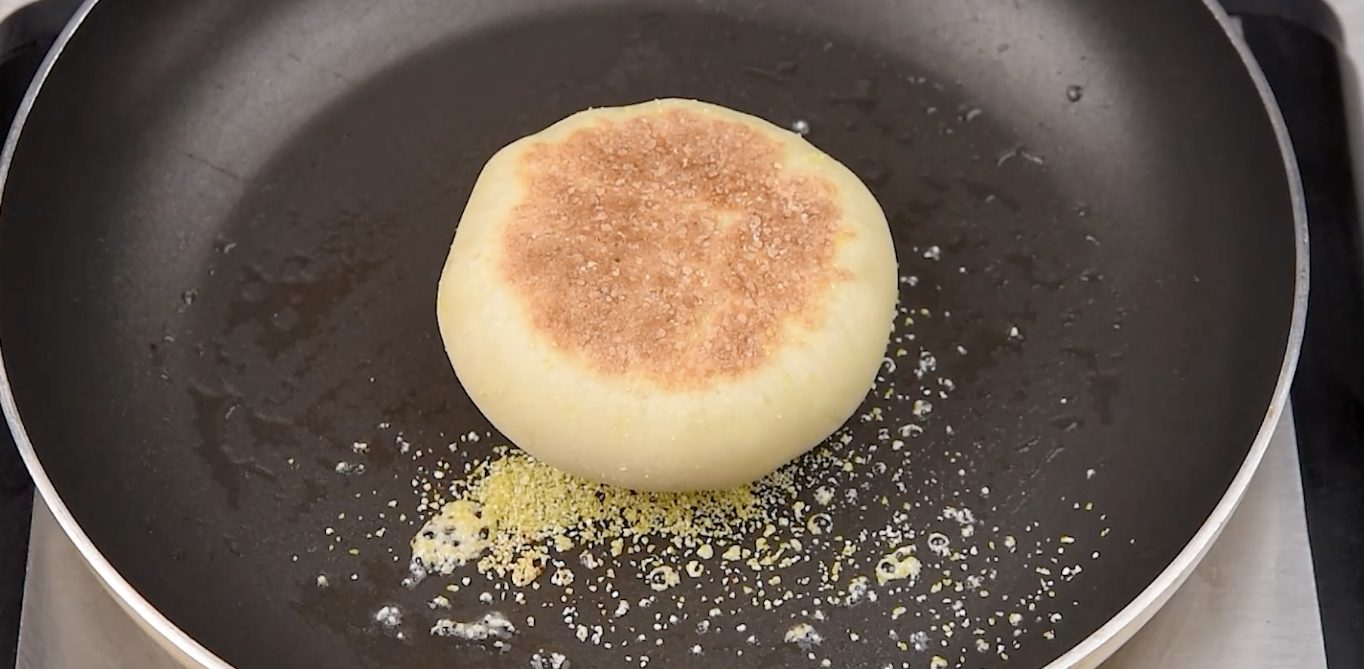;Resize,width=712;)
Serve your muffins and enjoy!
Heat a non-stick or cast iron pan over medium-low heat. Add a splash of olive oil and gently lay the muffins in the pan. Cook them until golden brown on each side.
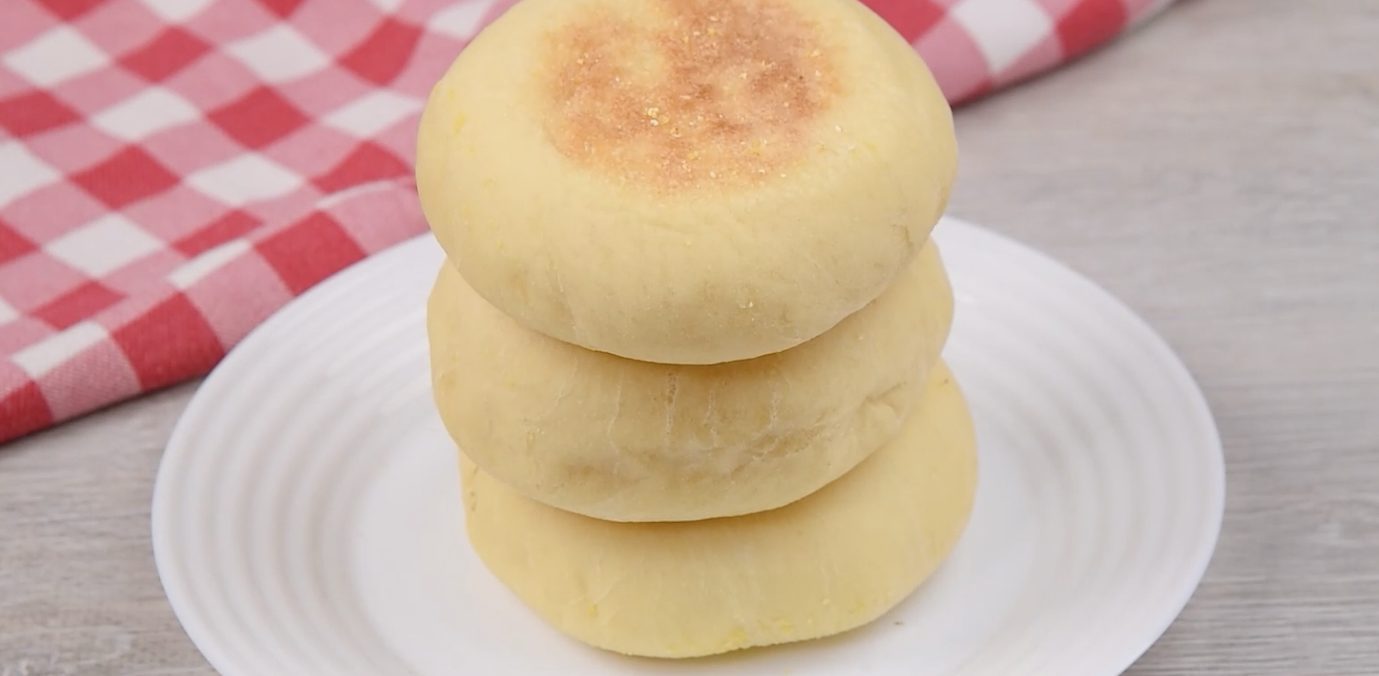;Resize,width=712;)
Serve your muffins and enjoy!

;Resize,width=767;)
